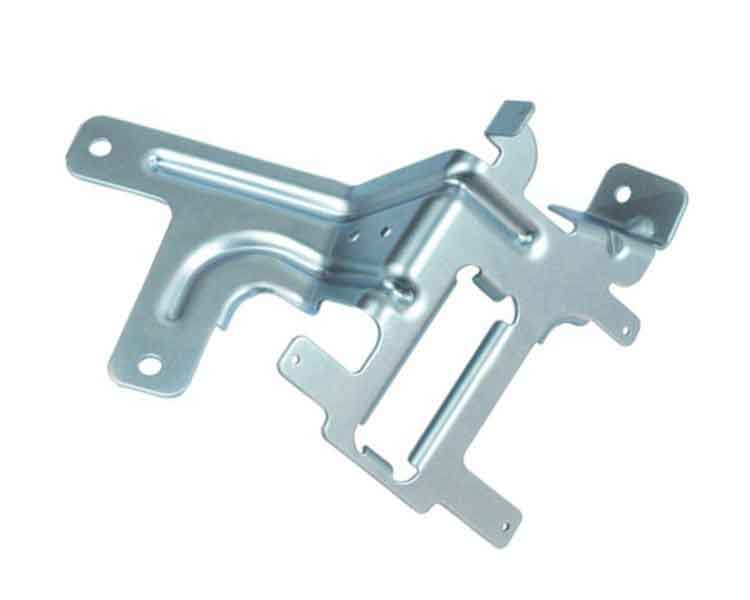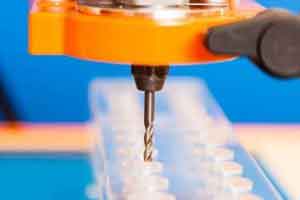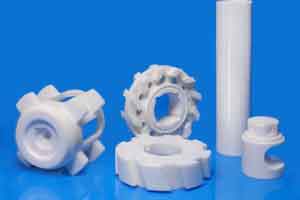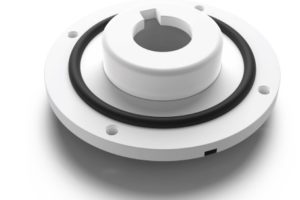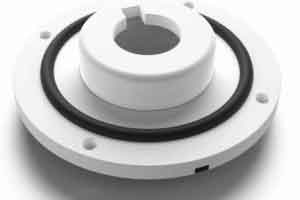This article looks at how you can carry out sheet metal fabrication in the most cost-effective way, maximizing your company profits.
Sheet metal fabrication is a collection of manufacturing processes used to manipulate sheet metal. Processes include bending, punching and welding, which we can carry out in sequence to create complex functional parts with multiple features.
Ordering custom sheet metal parts doesn’t have to be expensive. In fact, with a reliable metal cutting service partner like RapidDirect, custom sheet metal can actually help you increase your profit.
From designing parts in a cost-effective manner to choosing the right sheet metal materials, here’s how to use this manufacturing process in an economical way.
Choose the right sheet metal material
You’ve got your concept and a roadmap for bringing a product to market. But one of the most difficult issues faced by designers is choosing a sheet metal material.
China Medical CNC Machining Inc. offers sheet metal services with a variety of materials, including several grades of aluminum, copper, brass, steel and stainless steel.
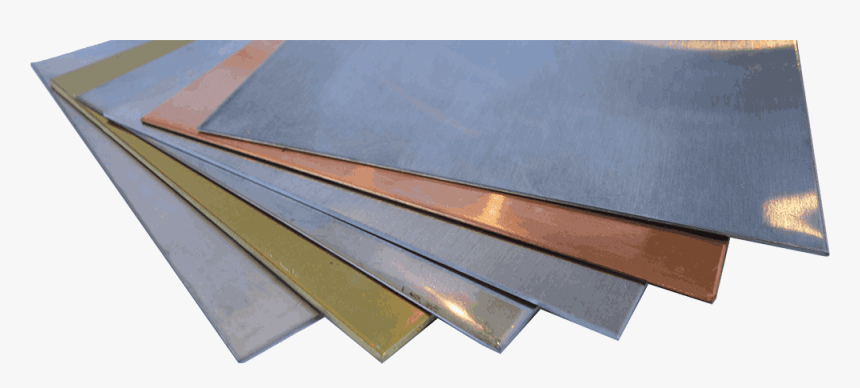
But choosing the right metal depends on several factors.
When deciding on their choice of sheet metal, designers should consider:
- Will the part be a prototype or end-use part?
- Does the part need to be strong and rugged?
- Does the part need to be chemically resistant or heat resistant?
In many cases, it is possible to substitute an industrial-grade stainless steel with a more affordable aluminum grade without compromising the integrity of the part.
To find a cost-effective metal grade suited to your unique needs, speak to us directly.
Use loose tolerances
Custom sheet metal parts often consist of bends, holes, slots and other features. Some of these features will be critical to the function of the part, while others may not be.
When designing sheet metal parts and getting parts manufactured, it is highly important to distinguish between critical and non-critical features.
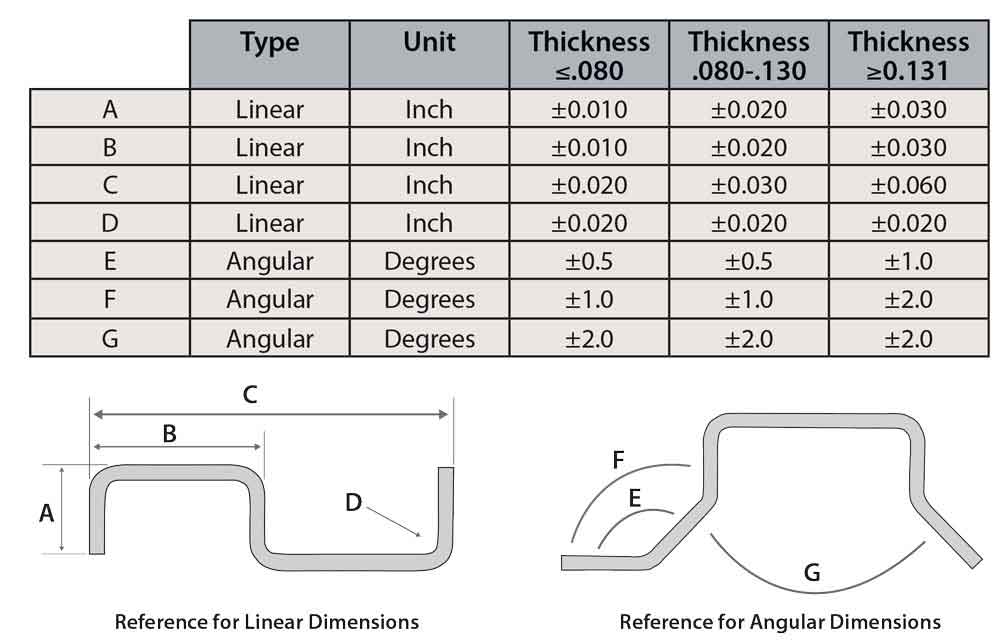
The importance of each feature should be reflected in its specified tolerance.
Designers should only specify tight tolerances if a lack of accuracy would seriously compromise the part. When this is not the case, allowing for a looser tolerance can lead to dramatic cost savings, since the manufacturer can perform the metal cutting service in a shorter timeframe.
Only use tight tolerances where absolutely necessary.
Bend simply and uniformly
Most sheet metal parts contain at least one bend — a feature usually provided by a machine known as a brake, which clamps the sheet metal in space before bending it along a specified line.
Sheet metal bending can dramatically vary in cost, depending on the number and type of bends required.
To create cost-effective custom sheet metal parts, you need to make your bends simple and uniform.
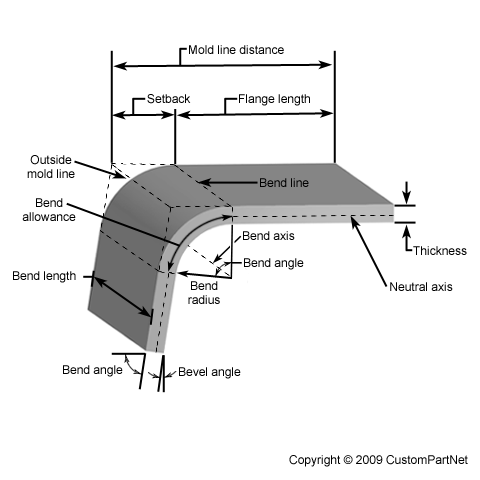
The first trick here is to make bends that are easy to carry out and which will maintain their form over time. In practice, this means avoiding small bends on thick sheets, because these are difficult to execute.
Most brakes can accurately bend metal up to 120 degrees, and a good rule of thumb is to design a bend radius no smaller than the thickness of the metal.
Also bear in mind that it costs more to carry out multiple bends with different angles. If it is possible to maintain uniform bend angles throughout, you’ll reduce labor costs and be in a better position to maximize profit.
Choose a standard gauge
When making custom sheet metal parts, it pays to adapt your parts to the available sheet metal, rather than making sheet metal accommodate your parts.
In other words, try not to design parts that require nonstandard sheet metal gauges. Doing so will add a dramatic cost burden to your project that may be entirely avoidable.
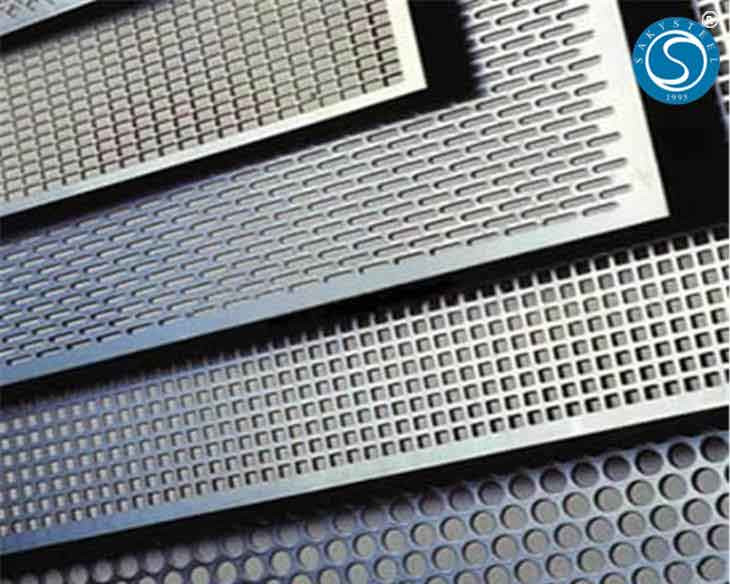
If it is at all possible to design parts that utilize common metal thicknesses, you should do so.
Furthermore, lower gauges are easier to manipulate, since thinner metal is more pliable and cuttable. Unless your part requires an especially high level of strength, it may be cost-effective to use thinner sheet metal.
Work with China Medical CNC Machining Inc.
Whether it’s custom CNC wheels or an order of custom sheet metal brackets, China Medical CNC Machining Inc. provides a metal cutting service suitable for customers large and small.
Our sheet metal service is fast and reliable. We offer sheet thicknesses ranging from 0.5 mm to 20 mm, with sheet dimensions up to 6,000 x 4,000 mm. Your quotes with us are returned within 12 hours, and we offer lead times as short as three working days.
Furthermore, our custom sheet metal parts can be finished with anodizing, bead blasting, powder coating and electroplating.
Get a free sheet metal quote today.
Share on social media...
Tags
Popular Topics
1
Understanding Plastic Fabrication Processes: A Complete Guide
Ayotomiwa Omotosho13 Feb
2
Ceramic CNC Machining: Another Option for Custom Manufacturing
Oluwafemi Adedeji13 Feb
3
The Overmolding Design Guide You Must Never Forget
Oluwafemi Adedeji13 Feb
4
What You Need to Know About the Overmolding Process
Paul Richard05 Feb

